- Have any questions?
- +86-189 8930 5995
- sales@mosinterchem.com.cn
EDTA CAS 60-00-4

Sodium Carboxyl Methylstarch CAS 9063-38-1
18/12/2018
Calcium acetate CAS 62-54-4
18/12/2018| Model: | MOS60-00-4 |
| Place of Origin: | Sichuan,China (Mainland) |
| Brand Name: | MOSINTER |
| CAS No.: | 60-00-4 |
| Purity: | ≥99.0% |
| Brand: | MOSINTER |
| Molecular formula: | C10H16N2O8 |
| Appearance: | Colourless crystals |
| Density: | 860 mg/mL (at 20 °C) |
| Molar mass: | 292.24 g/mol |
| log P: | -0.836 |
| Acidity: | 1.782 |
| Basicity: | 12.215 |
| Alias: | (Ethylenedinitrilo)tetraacetic acid,Edathamil |
| Melting point: | 250℃ |
EDTA (60-00-4)
| Item | Index |
| Appearance | White crystalline powder |
| Purity% | ≥99.0% |
| PH(saturated solution,25℃) | 2.5-2.9 |
| Clarity test | lucency |
| Chloride(CL)% | ≤0.001 |
| Sulfate(SO4)% | ≤0.001 |
| Storage period25℃ | long-term store |
Ethylenediaminetetraacetic acid, widely abbreviated as EDTA (for other names, see Table), is an aminopolycarboxylic acid and a colourless, water-soluble solid. Its conjugate base is named ethylenediaminetetraacetate. It is widely used to dissolve limescale. Its usefulness arises because of its role as a hexadentate (“six-toothed”) ligand and chelating agent, i.e. its ability to “sequester” metal ions such as Ca2+ and Fe3+. After being bound by EDTA, metal ions remain in solution but exhibit diminished reactivity. EDTA is produced as several salts, notably disodium EDTA and calcium disodium EDTA.Basic Information
Synthesis
The compound was first described in 1935 by Ferdinand Munz, who prepared the compound from ethylenediamine and chloroacetic acid. Today, EDTA is mainly synthesised from ethylenediamine (1,2-diaminoethane), formaldehyde, and sodium cyanide. This route yields the sodium salt, which can be converted in a subsequent step into the acid forms:
H2NCH2CH2NH2 + 4 CH2O + 4 NaCN + 4 H2O → (NaO2CCH2)2NCH2CH2N(CH2CO2Na)2 + 4 NH3(NaO2CCH2)2NCH2CH2N(CH2CO2Na)2 + 4 HCl → (HO2CCH2)2NCH2CH2N(CH2CO2H)2 + 4 NaCl
In this way, about 80M kilograms are produced each year. Impurities cogenerated by this route include glycine and nitrilotriacetic acid; they arise from reactions of the ammonia coproduct.
Nomenclature
To describe EDTA and its various protonated forms, chemists distinguish between EDTA4−, the conjugate base that is the ligand, and H4EDTA, theprecursor to that ligand. At very low pH (very acidic conditions) the fully protonated H6EDTA2+ form predominates, whereas at very high pH or very basic condition, the fully deprotonated EDTA4− form is prevalent. In this article, the term EDTA is used to mean H4-xEDTAx-, whereas in its complexes EDTA4−stands for the tetra-deprotonated ligand.
Uses
Industry
In industry, EDTA is mainly used to sequester metal ions in aqueous solution. In the textile industry, it prevents metal ion impurities from modifying colours of dyed products. In the pulp and paper industry, EDTA inhibits the ability of metal ions, especially Mn2+, from catalyzing thedisproportionation of hydrogen peroxide, which is used in “chlorine-free bleaching.” In a similar manner, EDTA is added to some food as a preservativeor stabilizer to prevent catalytic oxidative decoloration, which is catalyzed by metal ions. In soft drinks containing ascorbic acid and sodium benzoate, EDTA mitigates formation of benzene (a carcinogen).
The reduction of water hardness in laundry applications and the dissolution of scale in boilers both rely on EDTA and related complexants to bind Ca2+, Mg2+, as well as other metal ions. Once bound to EDTA, these metal centers tend not to form precipitates or to interfere with the action of the soapsand detergents. For similar reasons, cleaning solutions often contain EDTA.
The solubilization of ferric ions, at or below near neutral pH can be accomplished using EDTA. This property is useful in agriculture including hydroponics. However, given the pH dependence of ligand formation, EDTA is not helpful for improving Fe solubility in above neutral soils.[10]Otherwise, at near-neutral pH and above, iron(III) forms insoluble salts, which are less bioavailable to susceptible plant species. Aqueous [Fe(edta)]−is used for removing (“scrubbing”) hydrogen sulfide from gas streams. This conversion is achieved by oxidizing the hydrogen sulfide to elemental sulfur, which is non-volatile:
2 [Fe(edta)]− + H2S → 2 [Fe(edta)]2− + S + 2 H+
In this application, the ferric center is reduced to its ferrous derivative, which can then be reoxidized by air. In similar manner, nitrogen oxides are removed from gas streams using [Fe(edta)]2−. The oxidizing properties of [Fe(edta)]− are also exploited in photography, where it is used to solubilize silver particles.
EDTA was used in the separation of the lanthanide metals by ion-exchange chromatography. Perfected by F.H. Spedding et al. in 1954, the method relies on the steady increase in stability constant of the lanthanide EDTA complexes with atomic number. Using sulfonated polystyrene beads and copper(II) as a retaining ion, EDTA causes the lanthanides to migrate down the column of resin while separating into bands of pure lanthanide. The lanthanides elute in order of decreasing atomic number. Due to the expense of this method, relative to counter-current solvent extraction, ion-exchange is now used only to obtain the highest purities of lanthanide (typically greater than 4N, 99.99%).
Medicine
EDTA is used to bind metal ions in the practice of chelation therapy, e.g., for treating mercury and lead poisoning. It is used in a similar manner to remove excess iron from the body. This therapy is used to treat the complication of repeated blood transfusions, as would be applied to treatthalassaemia. The U.S. FDA approved the use of EDTA for lead poisoning on July 16, 1953, under the brand name of Versenate, which was licensed to the pharmaceutical company Riker. Some alternative medical practitioners believe EDTA acts as a powerful antioxidant to prevent free radicals from injuring blood vessel walls, therefore reducing atherosclerosis. The U.S. FDA has not approved it for the treatment of atherosclerosis.
Dentists and endodontists use EDTA solutions to remove inorganic debris (smear layer) and lubricate the canals in endodontics. This procedure helps prepare root canals for obturation. Furthermore, EDTA solutions with the addition of a surfactant loosen up calcifications inside a root canal and allow instrumentation (canals shaping) and facilitate apical advancement of a file in a tight/calcified root canal towards the apex. It serves as a preservative (usually to enhance the action of another preservative such asbenzalkonium chloride or thiomersal) in ocular preparations and eyedrops. In evaluating kidney function, the complex [Cr(edta)]− is administered intravenously and its filtration into the urine is monitored. This method is useful for evaluating glomerular filtration rate.
EDTA is used extensively in the analysis of blood. It is an anticoagulant for blood samples for CBC/FBEs.
Laboratory studies also suggest that EDTA chelation may prevent collection of platelets on the lining of the vessel [such as arteries] (which can otherwise lead to formation of blood clots, which itself is associated with atheromatous plaque formation or rupture, and thereby ultimately disrupts blood flow). These ideas have so far been proven ineffective; however, a major clinical study of the effects of EDTA on coronary arteries is currently (2008) proceeding. EDTA played a role in the O.J. Simpson trial when the defense alleged that one of the blood samples collected from Simpson’s estate was found to contain traces of the compound.
EDTA is a slime dispersant, and has been found to be highly effective in reducing bacterial growth during implantation of intraocular lenses.
You must be logged in to post a review.

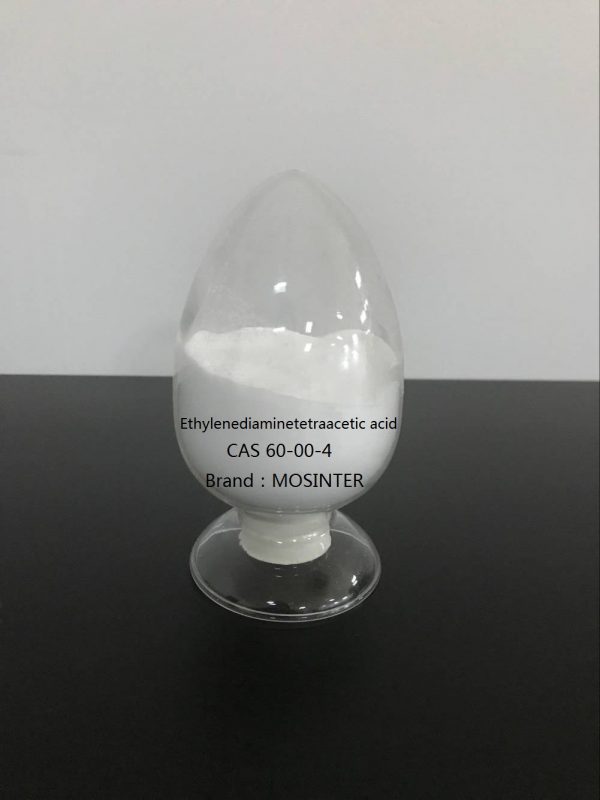
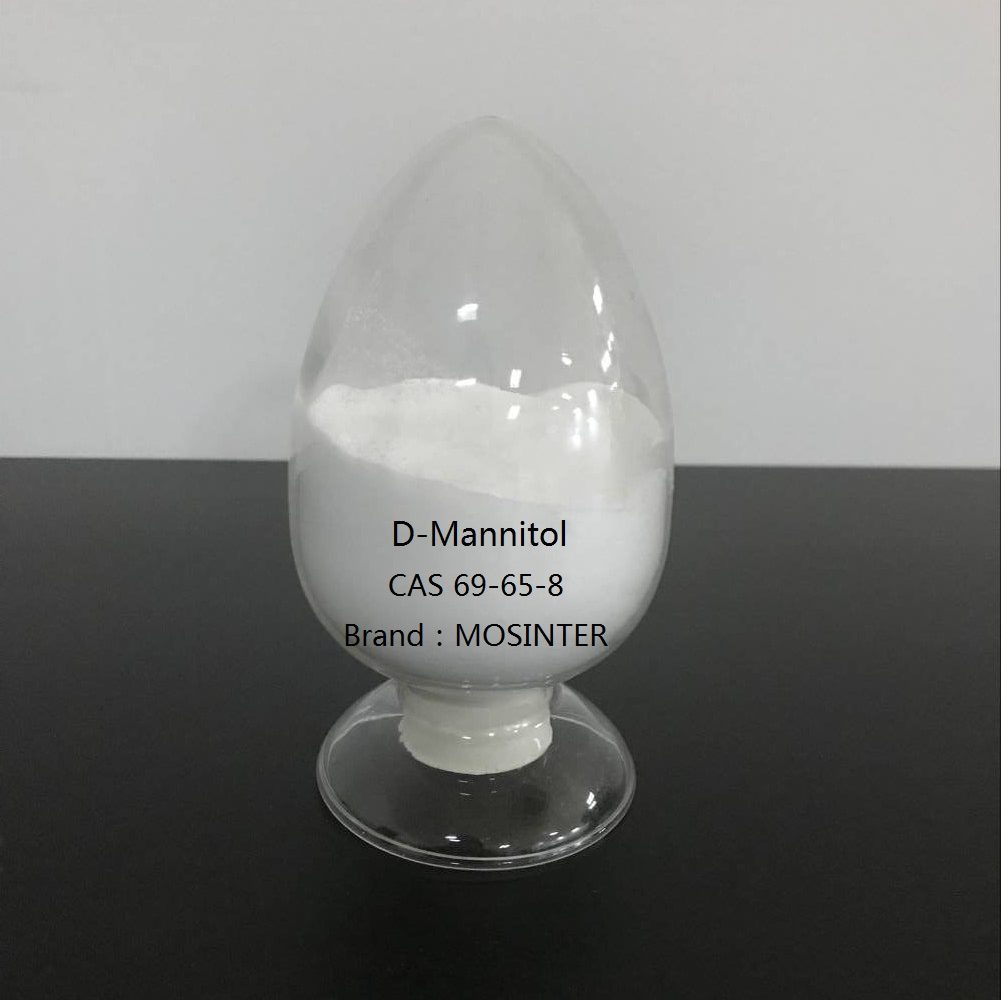
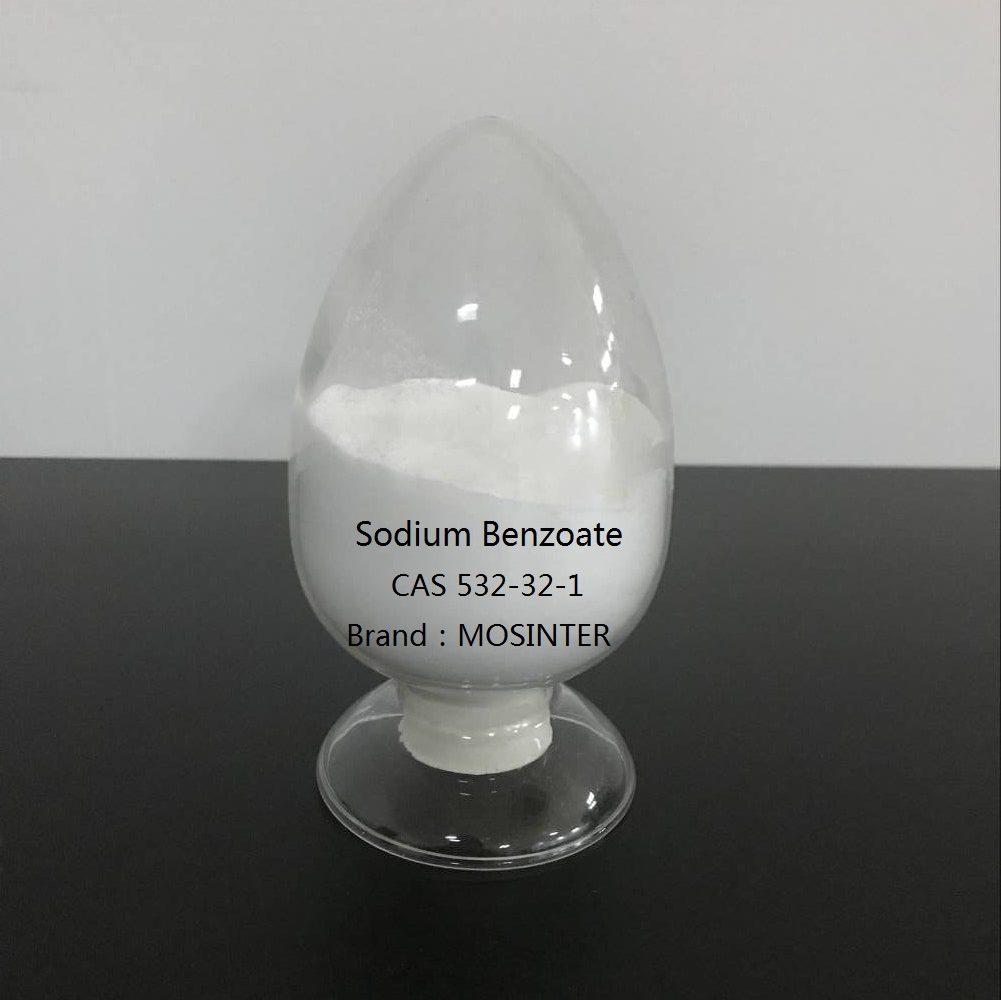
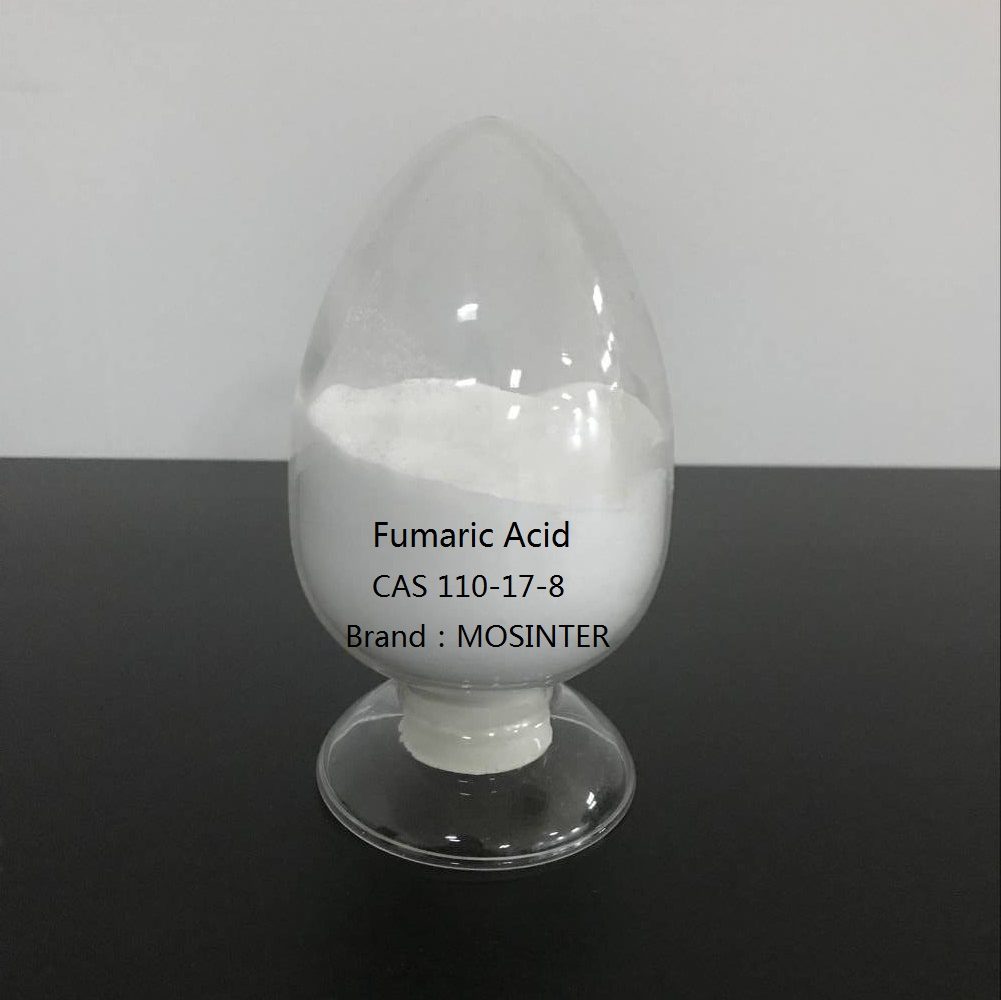
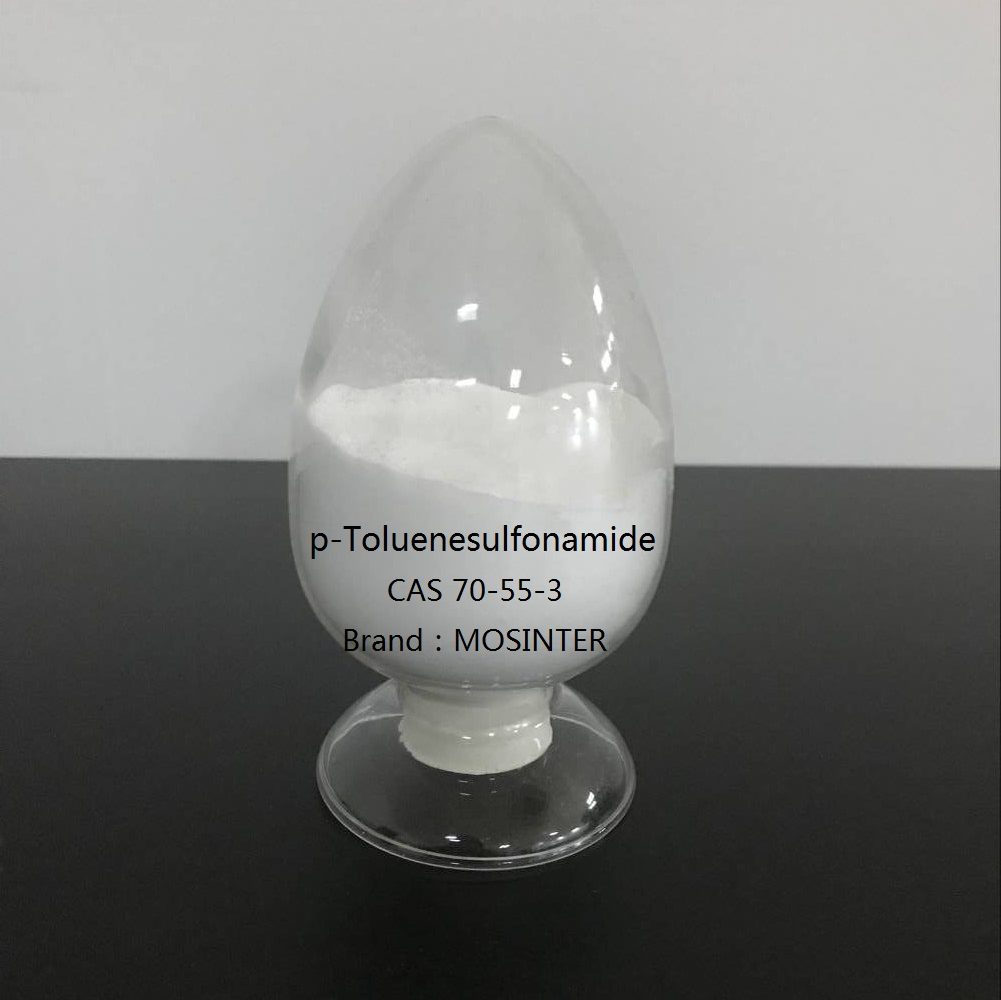
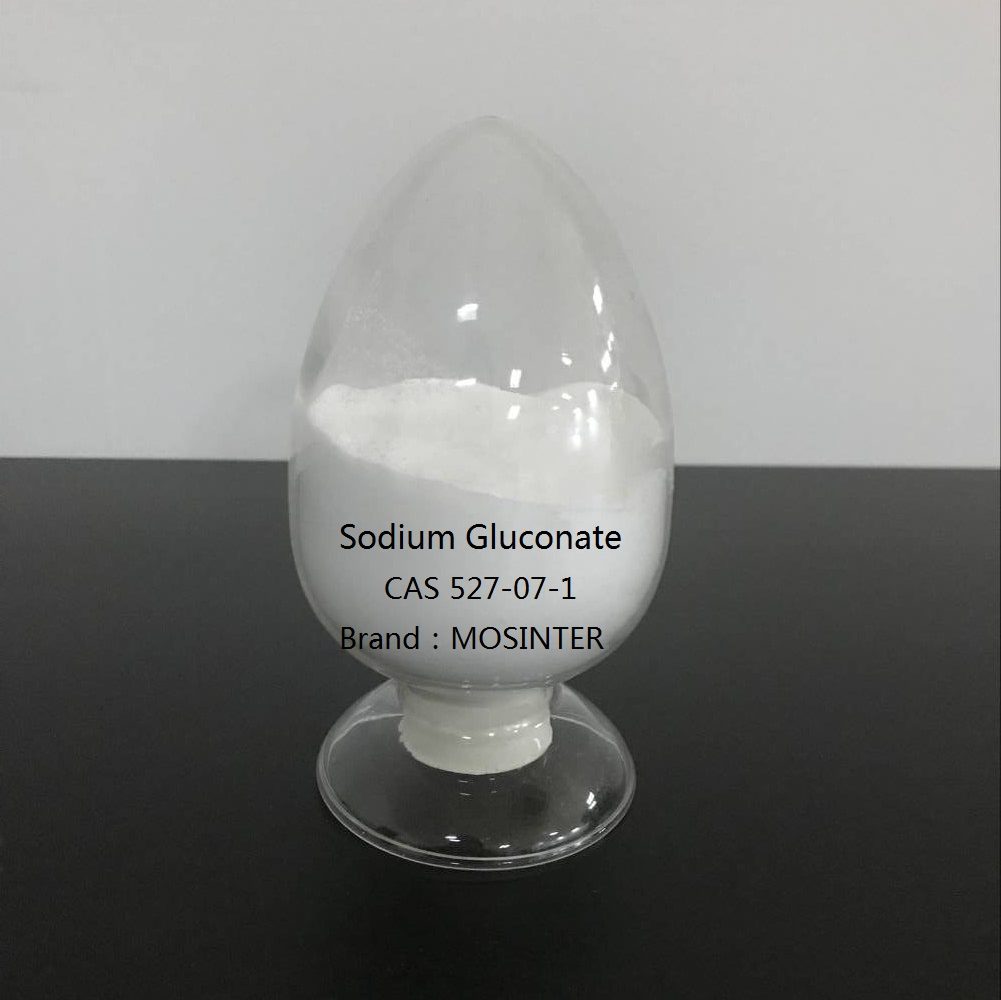
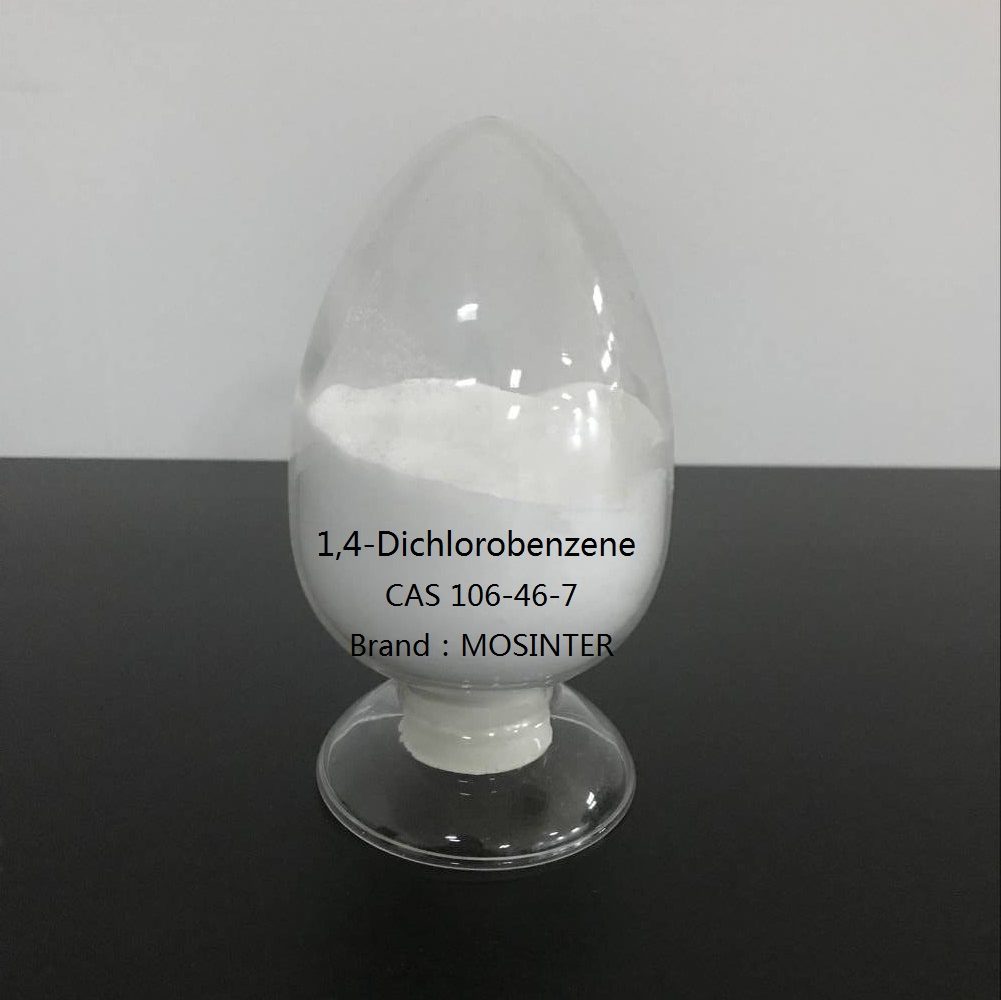
Reviews
There are no reviews yet.